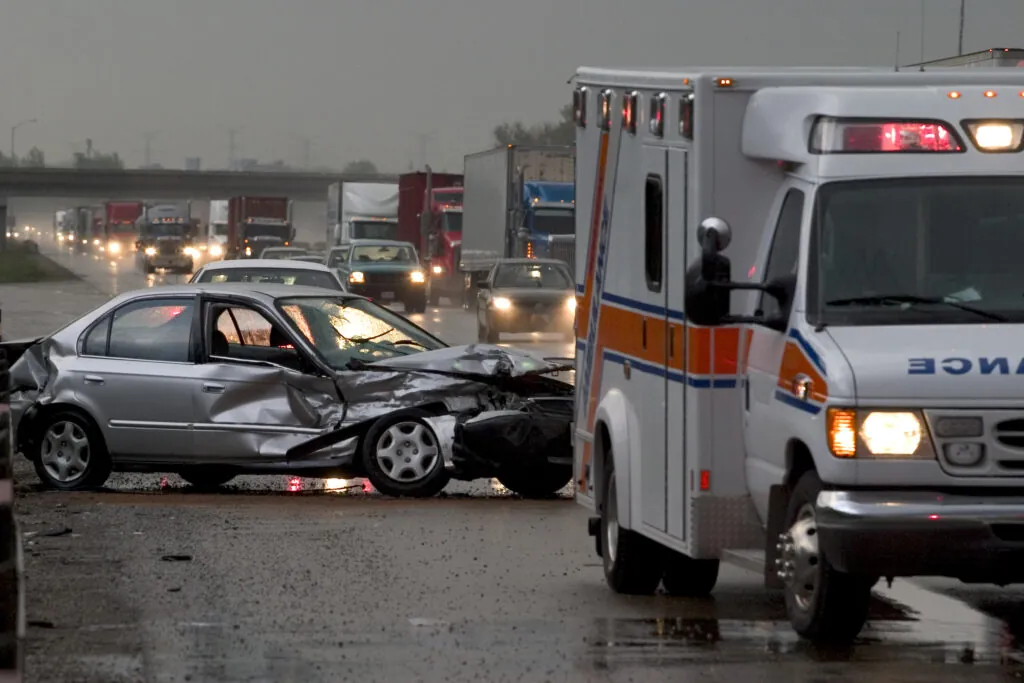Raleigh, NC: (919) 277-9299

A seat belt failure during an auto accident can lead to serious harm or even ejection from the vehicle, complicating liability and your recovery. The driver who caused the accident may be accountable for their part, and the vehicle manufacturer or seat belt designer could be liable as well.
A personal injury claim against the driver for his or her negligence and a products liability claim against the seat belt manufacturer have different legal grounds, but you may still include both claims in a lawsuit. If you’ve been in a crash and experienced harm due to the driver’s actions and/or a defective seat belt, let our accident attorneys help you explore the failure and your legal options.
How Do Seat Belts Fail?
A seat belt that is manufactured incorrectly, poorly designed, or installed in an incompatible vehicle can fail to perform as intended. Parts that commonly fail include the buckles, webbing, and retractors; defects in any of these parts can cause the harness to fail, leading to accident injuries that exceed what’s typical. An investigation into the vehicle’s restraint system can determine the source and type of seat belt failure, including:
Faulty Buckle
False latching and inertial unlatching are two common problems with faulty seat belt buckles. False latching occurs when the buckle seems fully fastened but isn’t. You may even hear the familiar “click” of the seatbelt, although the mechanism isn’t fully seated in the buckle. Inertial unlatching means that the buckle releases during the stress of an accident when it should have remained in place.
Either seat belt failure can lead to a car accident with an ejection and heighten the risk of severe injuries. Incorrect latch specifications could be a design flaw, and when the latch fails due to a mechanical issue, a manufacturing defect may be to blame. The attorneys at Bell Legal Group will investigate thoroughly to determine the exact cause and parties responsible.
Weak Webbing
When a car manufacturer elects to use an inferior material in seat belt webbing, the harness can snap during a crash. Faulty webbing material can also stretch, failing to properly restrain the vehicle occupant, who can sustain more severe injuries. Due to the manufacturer’s negligence, and product liability laws stating the manufacturers must exercise reasonable care when designing seat belts, the entities responsible for the webbing selection may be held accountable for your injuries.
Defective Retractor
The mechanism responsible for locking and holding a seat belt in place is a retractor. When this part is defective, the harness may have excessive slack or fail to lock in a restraint position. A car accident with an ejection due to a failed retractor can cause substantial injuries or death. Our attorneys will investigate whether a manufacturing flaw, such as a faulty spring or improper installation, caused the seat belt failure, and which combination of entities is responsible for your injuries.
Anchor Failure
The seat belt is attached to the vehicle at the hip and shoulder levels and held in place by anchors. When a seat belt anchor breaks due to a faulty part, incorrect assembly, or another manufacturing error, the seat belt won’t properly secure the vehicle occupant. A seat belt failure like this may result in a car accident with an ejection and serious blunt force injuries or death.
Software Defect
Older vehicles rely on mechanics to activate seat belts during accidents, but in newer cars, software detects a hard brake or impact and triggers the harness lock. Faulty, outdated, or improperly installed safety detection software can cause a seat belt failure, diminishing protection for the driver or passengers during an accident. Software problems must be identified and traced to the source to determine which party is liable for the failure.
Injuries in Seat Belt Failure Cases
Product liability laws hold manufacturers responsible for designing, testing, and producing safety equipment that meets or exceeds industry standards. When these manufacturers fail to uphold their duties, a vehicle’s seat belt can fail, leaving an occupant unrestrained during a car accident. Severe injuries, such as internal organ damage, rib fractures, spine and brain trauma, and even death, can occur, causing lasting effects on the driver or passenger involved.
Contact Bell Legal Group to share your story and explore your lawsuit options today.
